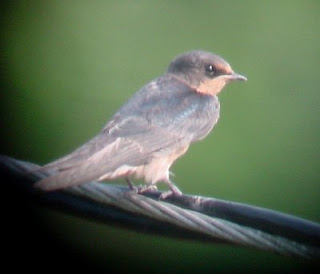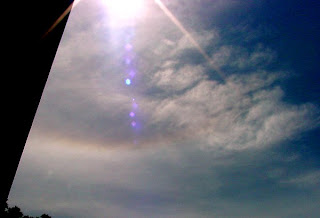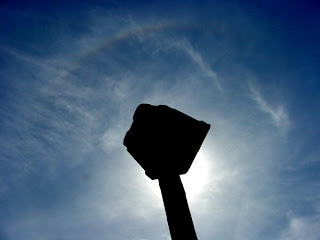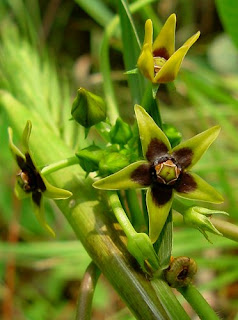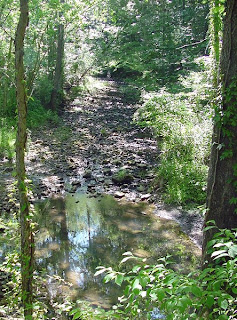
The ground was so dry that it sucked up all the excess water like a sponge. Nothing left over to trickle down into the creek. Fish, crawfish, snails, etc., survive only in places where the water pools.
One of the ponds is so low as to be practically non-existent. The Great Blue and Green Herons are constant visitors -- to them it's a treasure trove of little fish with nowhere to run, nowhere to hide. (And Red-shouldered hawks seem happy the creek is so low, since they seem to love crawfish dinners.)
The garden loved the rain. I can water and water and water with the hose, but it's just not the same as getting rain. The garden and I had been pretty miffed lately... it was getting on our last nerve to hear the thunder and see the many dark clouds, only to have it all pass by just out of reach. Day after day after day.
But now I have to go pull weeds, or rather, grass, before it gets too hot. Always trade-offs!
-----
Alabama's governor has asked everyone to pray for rain. I had to roll my eyes. Call me cynical, but I don't see him asking people to pray for our dysfunctional state constitution. (Or to end poverty, stop the pedophiles, achieve world peace, etc.) So why pray for rain?
Those three words (pray for rain, not our dysfunctional constitution) always make me think of Guadalcanal Diary.
Don't call for love
Don't ask for gold
our daily bread
or no more pain
pray for rain
Thinking about Guadalcanal Diary always makes me feel better. Highly recommended for washing the bad taste of politicians out of your mouth.
-----
Visit the Friday Ark for your weekly dose of crittery goodness.
And don't forget the fantastic latest edition of I and the Bird. (It's Frodo-licious!)



